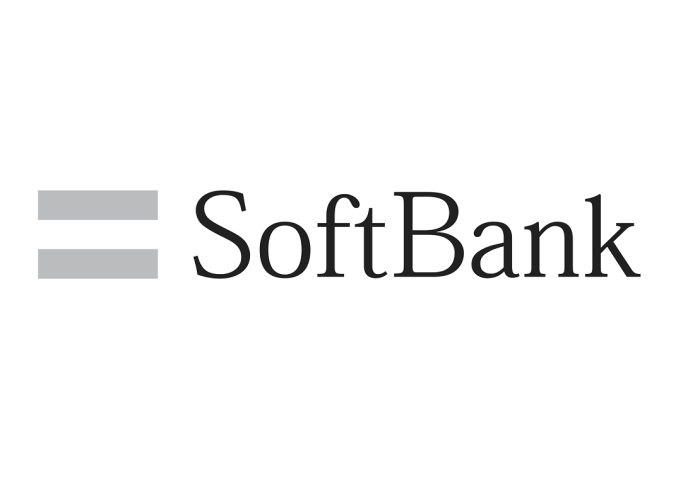Softbank acquire arm 32 billion – SoftBank acquires ARM for $32 billion, a move that sent shockwaves through the tech industry. This acquisition, finalized in 2016, was a bold strategic move by SoftBank, a Japanese conglomerate, to gain control of a company with a dominant position in the mobile and embedded computing markets. ARM, a British semiconductor and software design company, held a unique position in the tech landscape, providing processor designs that power billions of devices worldwide. The acquisition of ARM offered SoftBank a gateway into the rapidly evolving world of mobile and embedded computing, providing them with access to a vast and growing market.
This acquisition had significant implications for the tech industry. It raised concerns about competition in the semiconductor market, particularly for companies that relied on ARM’s technology. The deal also highlighted the growing influence of SoftBank in the global tech scene, demonstrating their commitment to investing in key technological advancements. The acquisition of ARM by SoftBank was a major turning point in the technology industry, setting the stage for a new era of competition and innovation.
Comparative Analysis of Similar Acquisitions: Softbank Acquire Arm 32 Billion
SoftBank’s acquisition of ARM for $32 billion in 2016 was a significant event in the technology industry, highlighting the growing importance of semiconductors and mobile computing. This acquisition can be compared to other notable acquisitions in the tech sector, providing insights into the trends and motivations behind such deals.
Comparison with Other Acquisitions, Softbank acquire arm 32 billion
This section examines several notable acquisitions in the technology industry and compares them to SoftBank’s acquisition of ARM. This analysis explores similarities and differences, highlighting the motivations behind these acquisitions and the potential impact on the industry.
- Microsoft’s Acquisition of LinkedIn (2016): This acquisition, valued at $26.2 billion, aimed to strengthen Microsoft’s presence in the professional networking and enterprise software markets. Similar to SoftBank’s acquisition of ARM, Microsoft sought to gain access to a valuable platform and a large user base. However, the acquisition of LinkedIn was more focused on software and services, while SoftBank’s acquisition of ARM was centered on hardware and technology.
- Google’s Acquisition of Nest Labs (2014): Google acquired Nest Labs, a smart home technology company, for $3.2 billion. This acquisition aimed to expand Google’s presence in the emerging Internet of Things (IoT) market. Like SoftBank’s acquisition of ARM, Google sought to acquire a company with a strong position in a rapidly growing market. However, Nest Labs was primarily focused on consumer products, while ARM was a key player in the semiconductor industry.
- Qualcomm’s Acquisition of NXP Semiconductors (2016): This acquisition, valued at $47 billion, was aimed at expanding Qualcomm’s presence in the automotive and industrial IoT markets. Similar to SoftBank’s acquisition of ARM, Qualcomm sought to acquire a company with a strong position in the semiconductor industry. However, NXP was primarily focused on automotive and industrial applications, while ARM was a key player in the mobile computing market.
Lessons Learned from Previous Acquisitions
Analyzing previous acquisitions in the tech sector reveals several key lessons.
- Strategic Alignment: Successful acquisitions often involve companies with complementary strengths and a clear strategic alignment. For example, Microsoft’s acquisition of LinkedIn was successful because LinkedIn’s professional networking platform complemented Microsoft’s existing enterprise software offerings.
- Market Dominance: Acquisitions can be used to gain market dominance in specific industries. For example, Qualcomm’s acquisition of NXP Semiconductors allowed Qualcomm to become a dominant player in the automotive and industrial IoT markets.
- Integration Challenges: Integrating acquired companies can be challenging, requiring careful planning and execution. For example, Google’s acquisition of Nest Labs faced integration challenges, leading to some setbacks in the early stages.
Last Word
SoftBank’s acquisition of ARM was a strategic move that reshaped the tech landscape. The deal provided SoftBank with a dominant position in the mobile and embedded computing markets, while also raising questions about competition and the future of ARM’s technology. The acquisition highlights the ongoing consolidation in the tech industry and the importance of strategic partnerships in driving innovation and growth. The long-term impact of this acquisition will continue to unfold, shaping the future of mobile and embedded computing for years to come.
SoftBank’s $32 billion acquisition of ARM Holdings was a major deal in the tech world, showcasing their ambition in the semiconductor industry. It’s interesting to note that even as these large-scale transactions take place, the world can be reminded of the potential distractions that can arise, such as the incidents reported where players engrossed in Pokemon Go caused major car crashes.
This highlights the importance of staying focused and aware, even amidst exciting developments in the tech landscape.
 Securesion Berita Informatif Terbaru
Securesion Berita Informatif Terbaru
